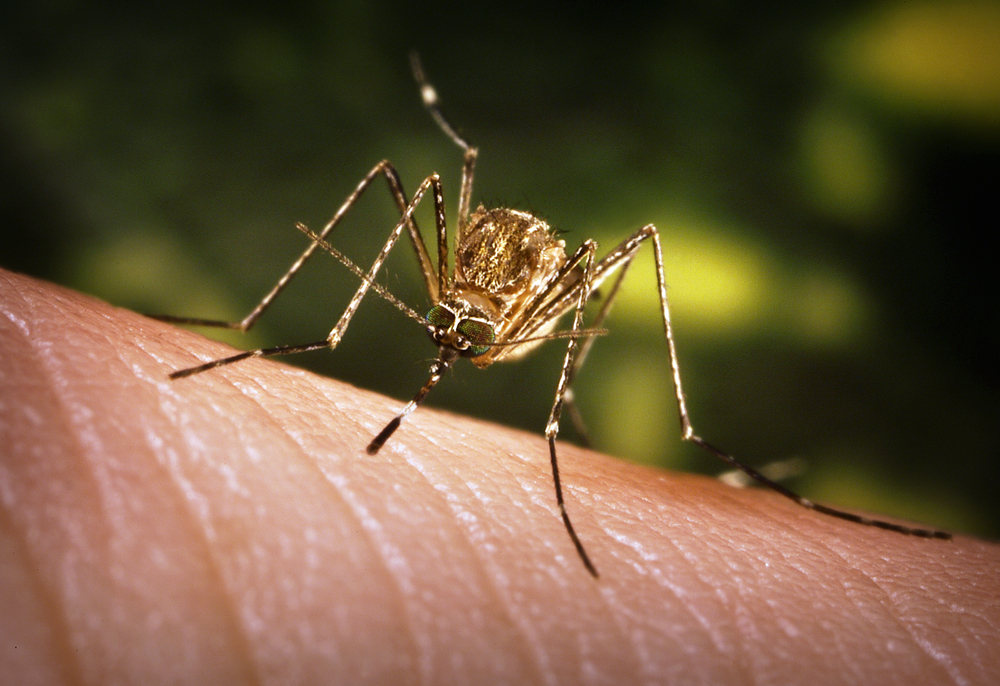Researchers identify three new mosquito vectors of Zika in Mexico
Researchers identified three new mosquito carriers of Zika virus in Mexico and say all three are potential vectors of the disease.
Writing in Scientific Reports, the researchers reported isolating Zika virus from the salivary glands of wild-caught female Culex coronator, C. tarsalis and Aedes vexans mosquitoes, as well as other previously reported vectors, including A. aegypti, the primary driver of the recent Zika virus epidemic in the Americas. They also isolated Zika from different body parts of wild-caught female C. quinquefasciatus mosquitoes and whole males from the A. aegypti and C. quinquefasciatus species.
“Our findings strongly suggest that all the species reported herein are potential vectors for [Zika virus],” they wrote.
According to the report, past research has indicated that Zika arrived in Mexico from Brazil in the second half 2014 or early 2015. The mosquitoes that tested positive in the new study were collected in a neighborhood in Guadalajara, in the western Mexican state of Jalisco.
According to the CDC, there is still a risk for Zika infection in Mexico, where mosquitoes may be transmitting the virus to people. Zika can cause a pattern of birth defects called congenital Zika syndrome — which includes severe microcephaly — in children whose mothers were exposed to the virus.
The researchers said their findings support some past studies showing that C. quinquefasciatus is a competent vector of Zika but conflict with other publications reporting that Culex mosquitoes are poor vectors of Zika.
They said A. aegypti “is more likely the primary vector of the disease” in Jalisco, as it has been in other places that have experienced locally transmitted Zika. – Gerard Gallagher
Disclosures: The authors report no relevant financial disclosures.



